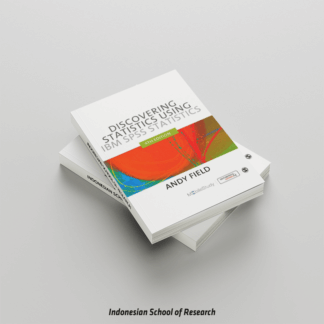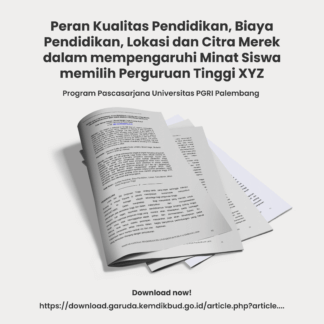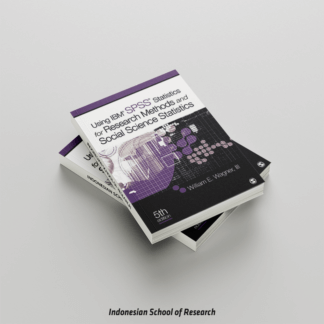Description
Given the recent public health emergency, the COVID-19 has become one pandemic whose spread is not easy to control. COVID-19 can spread through various interactions between individuals. One of the government’s efforts to prevent its spread is to use a risk communication approach to reduce the number of transmissions. However, the risk communication approach still uses a one-way performance in its implementation and has not been measured. This study identifies the major components of the risk communication approach used. One of our findings is that trust in government is the most vital basis for implementing risk communication that can be readily accepted by the community and can increase preventive behavior and the intention to behave more in self-protection. This research uses hierarchical component models (HCMs) research designs to provide practical and academic contributions.





